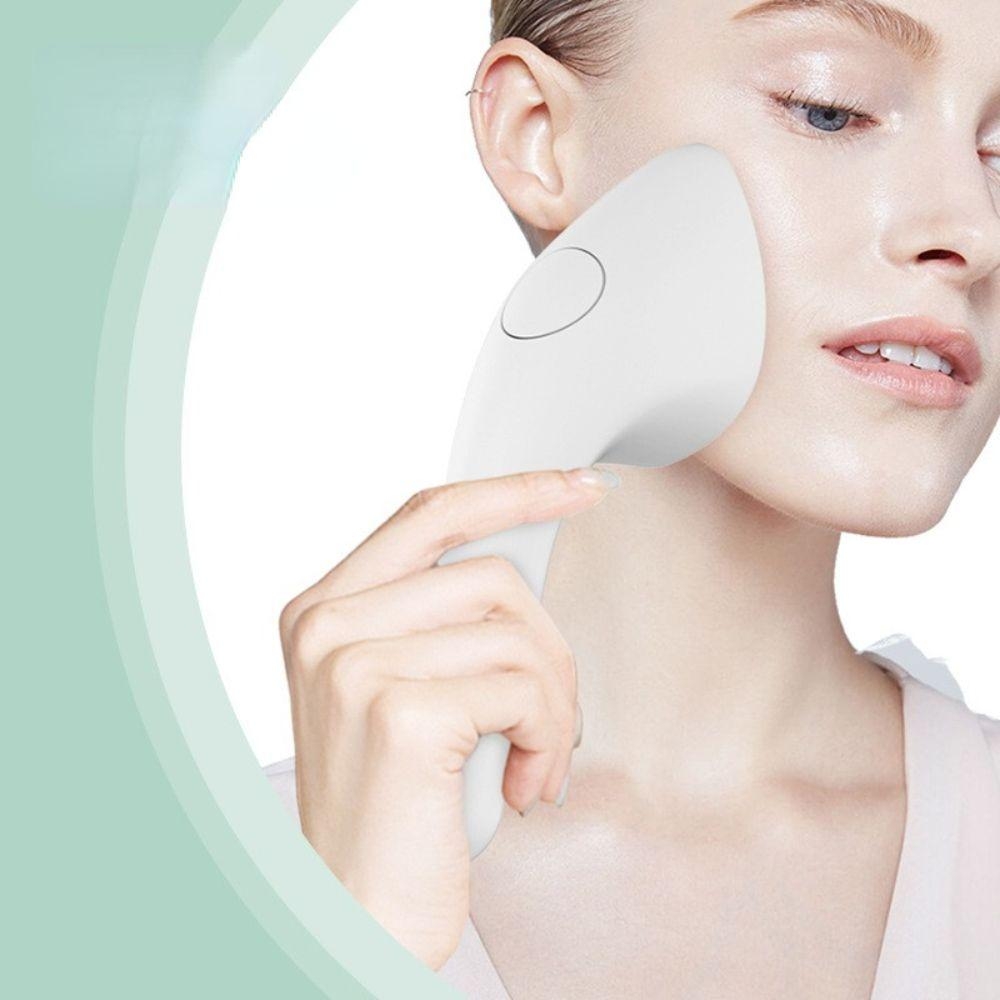Beauty devices market faces barriers like high costs, regulations, skepticism, and competition; solutions exist through innovation

The global beauty devices market has witnessed significant growth in recent years, driven by technological advancements, changing consumer preferences, and an increasing awareness of personal grooming and skincare. However, despite the rapid expansion and potential for continued growth, there are several barriers and challenges that companies and consumers must navigate in the beauty devices sector. These barriers range from regulatory issues, high costs, and technological limitations to market competition and consumer education.
1. Regulatory and Compliance Challenges
One of the most significant barriers in the beauty devices market is regulatory compliance. Many beauty devices, especially those that claim therapeutic or medical benefits (e.g., anti-aging devices, acne treatment tools), are subject to stringent regulations imposed by governmental bodies like the U.S. Food and Drug Administration (FDA), European Medicines Agency (EMA), and other national regulatory agencies. These regulatory bodies assess the safety and efficacy of the devices before they can be marketed to consumers.
The approval process can be lengthy and costly, discouraging small businesses and startups from entering the market. For companies that manage to navigate the regulatory maze, the ongoing need for compliance can be burdensome, with the requirement to meet product safety standards, label requirements, and post-market surveillance. Additionally, there can be regional variations in regulations, which complicates global expansion for beauty device manufacturers.
2. High Initial Investment and Product Costs
The development of advanced beauty devices requires significant investment in research and development (R&D), which can result in high production costs. The cost of advanced technologies such as microcurrent, LED light therapy, and radiofrequency can be prohibitive for smaller companies trying to bring products to market. These high costs are often passed on to consumers, making many beauty devices expensive.
While premium devices promise long-term skincare benefits, many consumers are unwilling to invest in high-cost beauty devices without the assurance of effective results. Moreover, as new devices enter the market, the competitive pressure forces companies to continually innovate, adding to the financial burden of R&D. This financial strain can limit product availability, particularly for low-income consumers, and hinder overall market penetration.
3. Technological Limitations and Efficacy Concerns
Despite the allure of high-tech beauty devices, many consumers remain skeptical about their efficacy. The beauty device industry is still relatively young, and while some devices have shown promising results, others have been less effective, leading to dissatisfaction among consumers. For instance, home-use devices such as microdermabrasion machines, LED masks, and laser hair removal tools often do not provide the same level of results as professional treatments performed in salons or dermatology clinics.
Additionally, technological limitations may prevent devices from delivering optimal outcomes. For example, the power output of at-home devices may be insufficient to replicate professional treatments' intensity, reducing their effectiveness. The lack of a standardized measurement for effectiveness in the beauty device industry further complicates consumer decision-making.
As a result, consumers may be hesitant to invest in these devices, especially without clear, proven results. Manufacturers need to demonstrate the reliability and efficacy of their products to overcome these concerns, which may take considerable time and marketing investment.
4. Market Saturation and Intense Competition
The beauty device market is highly competitive, with numerous brands offering similar products targeting the same consumer segments. As more companies enter the market, it becomes increasingly difficult to differentiate products, and this can create price wars that squeeze profit margins. The constant influx of new devices and innovations can lead to market saturation, making it harder for brands to capture consumer attention.
Furthermore, larger, established beauty companies often have the financial resources to dominate the market, leaving little room for smaller players. This intensifies competition, as smaller companies must invest heavily in marketing and customer acquisition to survive. The crowded market landscape can also result in consumer confusion, making it challenging for potential buyers to make informed decisions about which device to purchase.
5. Consumer Education and Awareness
A significant barrier to the growth of the beauty devices market is the lack of consumer education. While the beauty industry has grown exponentially, many consumers still lack a full understanding of how beauty devices work, how they should be used, and what results to expect. This lack of knowledge can lead to underutilization of devices or incorrect usage, resulting in dissatisfaction with the product.
Beauty brands and device manufacturers must invest in educating consumers about the benefits and proper use of their products. This could include providing instructional content, offering tutorials, and leveraging influencers to demonstrate the devices in action. However, even with these efforts, overcoming skepticism and building trust among consumers remains an ongoing challenge.
6. Cultural and Social Barriers
The beauty industry is also influenced by cultural norms and societal standards. In some regions, there may be resistance to using beauty devices, especially if they are perceived as unnatural or overly technical. For example, certain cultural groups may view cosmetic procedures or high-tech beauty tools as unnecessary, leading to a limited market potential in those regions.
Additionally, beauty standards vary widely across different demographics and countries. Some consumers may prefer traditional beauty practices such as skincare rituals or home remedies over the use of high-tech beauty gadgets. These cultural barriers can limit the widespread adoption of beauty devices, particularly in emerging markets.
7. Data Privacy and Security Concerns
With the increasing use of beauty devices that collect personal data, such as skin assessments or usage patterns, privacy concerns are becoming more prominent. Consumers are becoming more aware of how their data is being collected, stored, and used. The rise of smart beauty devices, which integrate with mobile apps and IoT technology, means that sensitive information about users’ skin health or treatment progress could potentially be at risk of misuse or hacking.
To address these concerns, companies must implement robust data protection measures and be transparent with consumers about how their data is handled. Failure to ensure data privacy can lead to a loss of trust and, ultimately, decreased sales.
Conclusion
The beauty devices market, while growing at a rapid pace, faces several barriers that could impede its further expansion. Regulatory hurdles, high product costs, technological limitations, intense market competition, consumer education gaps, cultural differences, and data privacy concerns all contribute to the challenges faced by manufacturers and consumers alike. Overcoming these barriers will require continued innovation, strategic marketing, and a concerted effort to educate consumers on the benefits and proper use of beauty devices.
- Industry
- Art
- Causes
- Crafts
- Dance
- Drinks
- Film
- Fitness
- Food
- Spiele
- Gardening
- Health
- Startseite
- Literature
- Music
- Networking
- Andere
- Party
- Religion
- Shopping
- Sports
- Theater
- Wellness
- News


